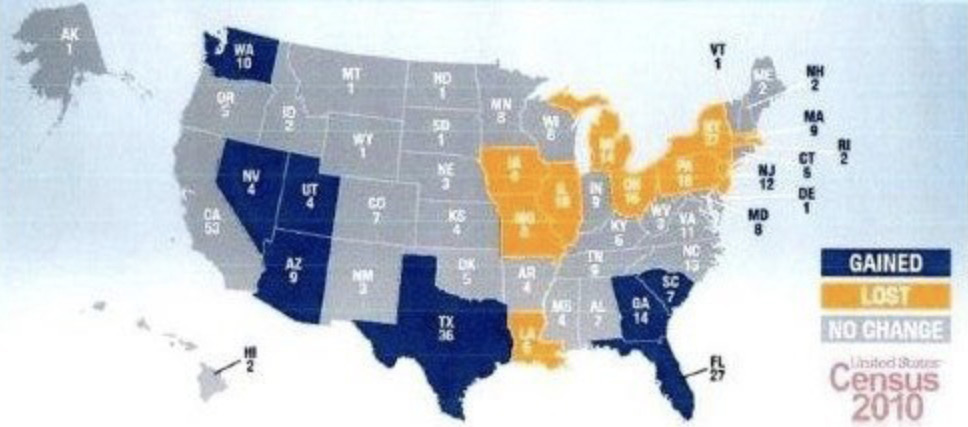Gerrymandering
Praise for
Gerrymandering: A Guide to Congressional Redistricting, Dark Money, and the US Supreme Court
Franklin L. Kurys excellent book is as trenchant as it is timely. In it, he provides a great overview of the redistricting process in states like Pennsylvania. He shows how utterly broken that process is in that state and how gerrymandering in places like Pennsylvania is so clearly at odds with the fundamental values that ought to undergird republican democracies. He also shows why it is high time we did something about it. Tom Wolf , Governor of Pennsylvania
If you care about building an inclusive democracy, that lifts all peoples voices, then Kurys book is a must-read. It presents the real life drama of gerrymandering that is more spellbinding than any spy novel. And it gives practical guidance for activists that is easier to follow than an IKEA manual. Bravo! Kathay Feng , executive director, California Common Cause; National Redistricting Director, Common Cause
Kury has captured the essence of the political blood sport of gerrymandering. He has taken a wonky issue down to the brass tacks of its political gamesmanship. Voters must choose their representatives rather than politicians choosing their voters. Pamela Goodman , president of the League of Women Voters of Florida
Gerrymandering for partisan gain, an issue few citizens understand, threatens our democracy. Franklin L. Kury, in this easy-to-read masterpiece, explains how Pennsylvanias redistricting has infringed on the rights of millions of Pennsylvanias voters whose voices are muted by the current gerrymandering. His remedy is simple: citizens must become engaged andthrough legal action, intense lobbying, and the power of the pursemust force their legislators to devise fair representation. Shirley Anne Warshaw , chair, Harold G. Evans Eisenhower Leadership Studies, Gettysburg College
Kurys concise and well-documented primer on gerrymandering should be of interest to legislators who draw the lines, journalists who write about the process, teachers and students who want to understand it, and perhaps most importantly to citizens who will find in his Citizens Toolbox ideas for how to improve the way we are represented by our lawmakers in our nations Capital. Joseph P. McLaughlin Jr ., director, Temple University Institute for Public Affairs
Franklin L. Kury shines light on how political parties gain and hold onto powereven when they lose the majority support of their constituents. He breaks down the inherent conflict of elected officials being allowed to pick their voters and the dark money enabling them. Fortunately for us, Kury isnt content to just report from the sidelines. His guide shows how states like California are leading the way to reform and provides specific steps you can take to bring fair electoral districts to your state. Christina Shupe , director, California Citizens Redistricting Commission
Gerrymandering
A Guide to Congressional Redistricting, Dark Money, and the US Supreme Court
Franklin L. Kury
Hamilton Books
an imprint of
Rowman & Littlefield
Lanham Boulder New York London
Copyright 2018 by The Rowman & Littlefield Publishing Group, Inc.
4501 Forbes Boulevard
Suite 200
Lanham, Maryland 20706
Hamilton Acquisitions Department (301) 459-3366
Unit A, Whitacre Mews, 26-34 Stannary Street,
London SE11 4AB, United Kingdom
All rights reserved
Printed in the United States of America
British Library Cataloging in Publication Information Available
Library of Congress Control Number:
Library of Congress Control Number: 2018939531
 The paper used in this publication meets the minimum
The paper used in this publication meets the minimum
requirements of American National Standard for Information
SciencesPermanence of Paper for Printed Library Materials,
ANSI Z39.48-1992
Printed in the United States of America
For Barney and Helen Kury, my parents, the children of Polish immigrants, who raised their children to believe that participation in politics is an essential part of life.
Also by Franklin L. Kury
Clean Politics, Clean Streams
A Legislative Autobiography and Reflections
(2011)
Why Are You Here?
A Primer for State Legislators and Citizens
(2014)
Introduction
Imagine a National Football League (NFL) game between the New England Patriots and the Dallas Cowboys. The Patriots win and then theythe Patriots, not the NFLannounce new rules for future games. The Cowboys will have to gain 150 yards to score a touchdown, but the Patriots will only need to do 50 yards.
Outrageous? Of course, and the fans would scream in protest. Keep this hypothetical football game in the back of your mind as you read on. It illustrates the basic question this book addresses. Who sets the rules for the competing teams in our elections for the US House of Representatives, and how is it done?
The nub of the matter is this. We have a representative form of government. We do not directly vote on legislation, in either Washington or our state capitals. We elect someone to speak for us in the legislative halls. Elected representatives should speak and act in a manner that validly reflects the opinion of the voters who elect them. Without that, the system fails.
The US House of Representatives was designed by James Madison and the other Constitution writers to represent the populations of the states. The Constitution places power in the hands of the House (along with the Senate) to deal with taxes, war and military affairs, immigration, interstate commerce, and other subjects with great impact on our lives. In other words, the rules that govern the elections to the US House really determine who will exercise the immense power of the Congress.
The entire population of the United States, which was 323.1 million in 2016, is represented in the US House by 435 representatives. The US population is so large that the people are placed in 435 congressional districts, and each elects one congressperson.
Figure 0.1. 115th Congressional District map. It shows the changes in the number of congressional seats in each state after the 2010 census. A new redistricting will take place after the 2020 census (photo: Wikimedia Commons).
Pennsylvania, with a 2016 population of 12.7 million, has eighteen congressional districts. California, with a 2016 population of 39.25 million, has fifty-three congressional districts. Under the one person, one vote rule (to be discussed later), each district is mandated to contain about 705,000.
The number of representatives from each state is determined by the US census taken every ten years. Some states, like California and Arizona, are robustly growing in population so they get more congressional seats after each census. Other states, like Pennsylvania, are growing at a slower rate, so they lose seats in Congress.
Seven states, it must be noted, have only one US representative: Alaska, Delaware, Montana, North Dakota, South Dakota, Vermont, and Wyoming.
At one point, Pennsylvania had twenty-seven US representatives. In 2010 it had nineteen and now it has eighteen.
How many congressional seats Pennsylvania and all of the other states will have after 2020 will be determined by the US census of that year. The population of each state certified by the US Census Bureau is divided by the number of congressional districts allocated to that state.
This is where the hypothetical Patriots-Cowboys football game becomes relevant. Who determines how the population of a state is allocated into its congressional districts? And is it done to give one of the political parties an undue advantage in electing members of Congress? Is it done so that one of the political teams must go 150 yards to win while the other has only to go 50?
Next page
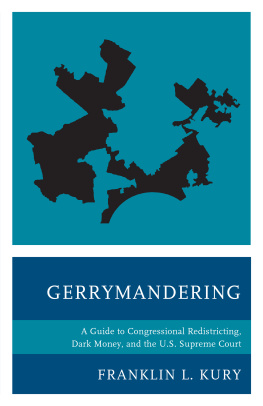

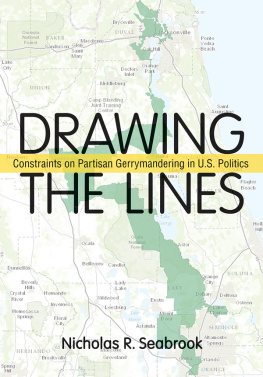
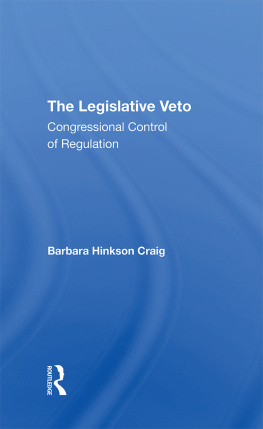
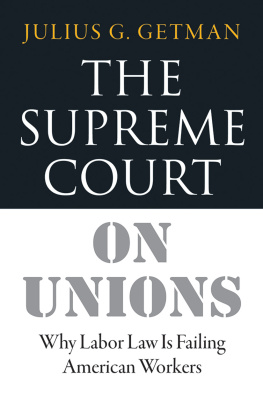
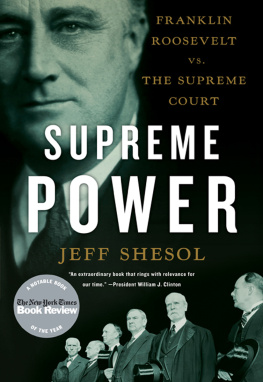
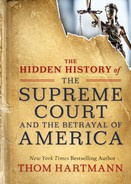
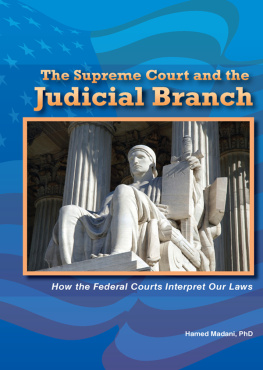
 The paper used in this publication meets the minimum
The paper used in this publication meets the minimum